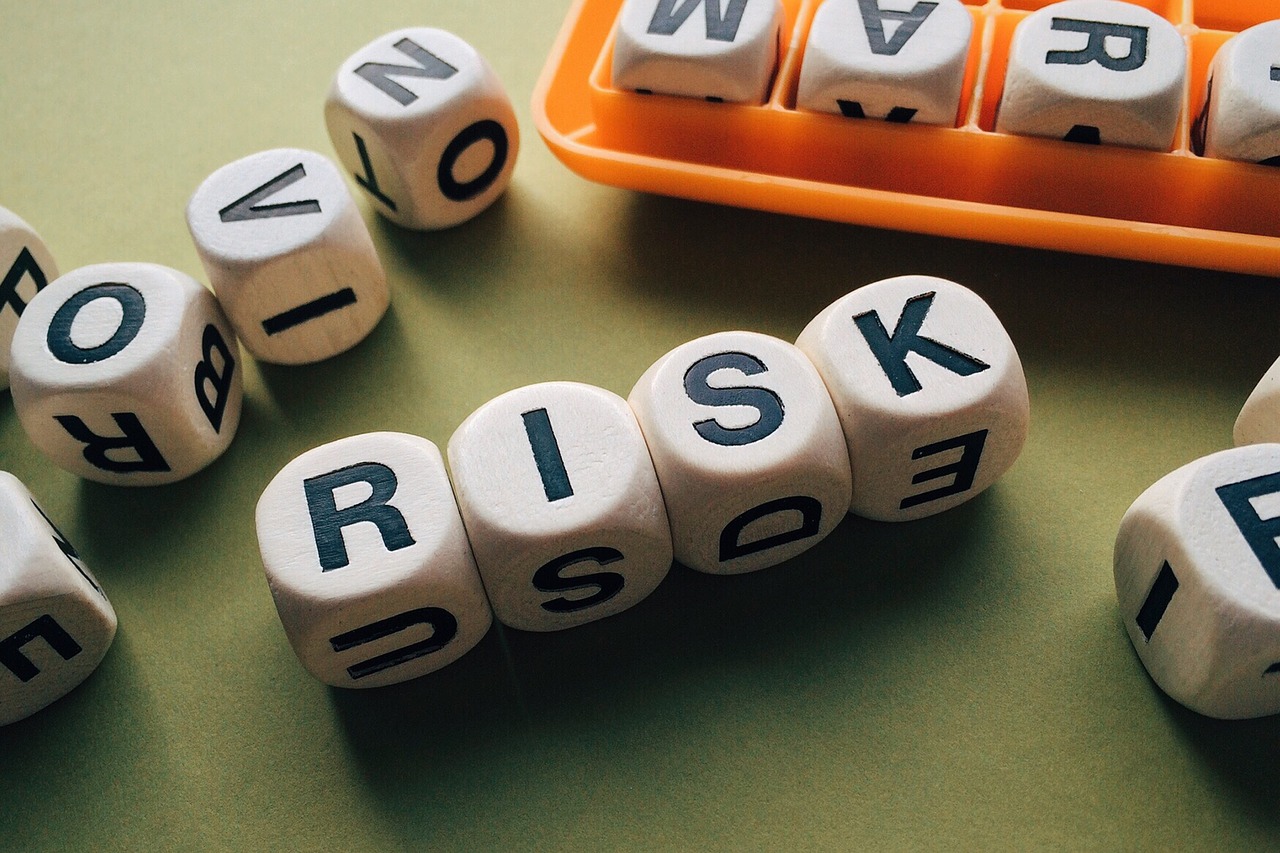When it comes to investing, risk and reward go hand in hand. As much as you might wish it were otherwise, the fact is that any time you invest your money, there is always the chance that you won’t get it back. Does this mean you should avoid investing altogether for fear of losing your money? Of course not: it simply means that acknowledging, understanding, and planning for risk is an important part of an effective investment strategy.
Here, then, are five key things every investor should know about risk.
1. There is no such thing as a risk-free investment.
No matter what anyone might tell you, no investment is ever completely risk-free. An element of risk—however slight—is part of nearly every area of your life, and your investments are no exception. Managing risk as an investor, therefore, is not about trying to avoid risk altogether, but rather about deciding what degree of risk you’re comfortable with and understanding how you can protect yourself.
2. As an investor, you’ll face different types of risk.
In broad terms, investment risk refers to the possibility or likelihood that your investments will go down in value and that you will lose some or all of the money you invested. But this drop in value can happen for many different reasons, and each of these reasons constitutes its own category of investment risk. These types of investment risk include:
Market risk—Also known as systematic risk, market risk refers to the risk that your investments will lose value because of events or economic developments that affect the market as a whole (these include changes to factors such as interest rates, exchange rates, and inflation).
Liquidity risk—Your general assumption as an investor is that you will be able to get your money out when you want to by selling your investment at a fair price. But you may not always find a buyer willing and ready to buy your asset at the price you want. This is liquidity risk: the chance that you will have to offer your investment at a lower price in order to sell it.
Concentration risk—You can think of concentration risk as the risk associated with “putting all your eggs in one basket.” In other words, this is the type of risk you will face if your money is concentrated in one particular investment or type of investment.
Credit risk—Also known as default risk or business risk, credit risk can affect you if you hold fixed-income securities such as GICs, bonds, or preferred shares. This can occur in situations where the entity or company that issued the security encounters financial difficulties—for example, a company may go bankrupt—and isn’t able to pay interest and/or repay the principal at maturity.
Reinvestment risk—Reinvestment risk refers to a scenario in which your investment has matured and you have no option but to reinvest at a lower rate of return. For example, if you bought a bond paying 5% interest, but interest rates have dropped to 4% by the time the bond has matured and you’re ready to reinvest the principal, you have encountered reinvestment risk.
3. Risk can vary even within the same asset class.
Most investors are aware that different asset classes carry different levels of risk. For example, government or corporate bonds are generally considered to be fairly low-risk. Individual stocks can be moderately risky, and foreign exchange investing is usually deemed to be high-risk because global currencies are highly volatile. However, it’s also important to understand that risk can vary even within the same asset class. For example, while stocks as a class are generally considered to be moderately risky, some stocks (say, penny stocks from an unknown tech company) are riskier than others (blue-chip stocks from a well-known company such as Walmart are relatively stable). This means that you should always pay attention to the risk level associated with each individual asset—not only the asset class—when planning your investments.
4. There are steps you can take to manage risk.
While a certain level of risk is par for the course in the investment world, this doesn’t mean that there’s nothing you can do to manage or limit your risk exposure. Perhaps the best and most-recommended strategy to lower your investment risk is diversification, or putting together a well-balanced portfolio composed of different types of assets. You can also manage your risk by rebalancing your portfolio on a regular basis. Finally, adopting a long-term outlook when investing can help to even out everyday investment risks, as the market as a whole tends to rise—rather than fall—over time.
5. You are the only one who can determine your risk tolerance.
Investment risk tolerance is very personal. Some investors are comfortable with a high level of risk in the hopes that it will yield bigger rewards, while other investors prefer to play it safer with lower-risk investments: it all depends on your personal situation and your unique investment goals. In other words, there’s no right or wrong way to feel about risk. The most important thing is to simply make sure you’ve thought about it and planned for it before you begin your investment journey.

